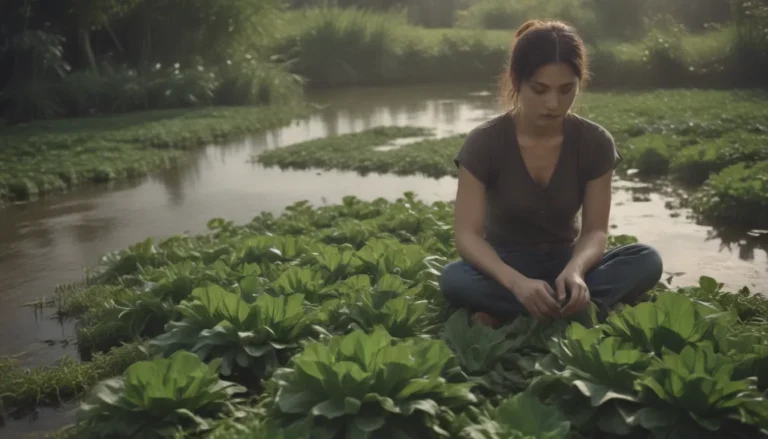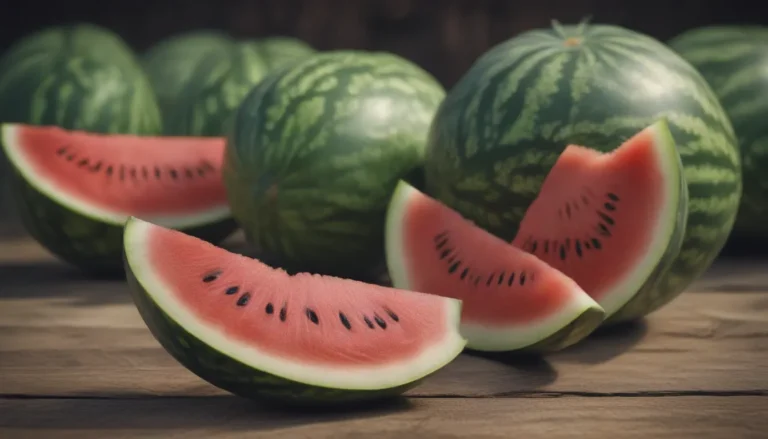Shrubs vs. Bushes: Exploring the Differences in Horticulture

Have you ever found yourself confused about whether something is a shrub or a bush? It’s a common mix-up in the world of gardening, but fear not – we’re here to break it down for you. While the terms are often used interchangeably in everyday conversation, there are some key distinctions between the two that are valuable to understand for any avid gardener or nature enthusiast.
Understanding the Basics
To start off, let’s lay down some basic definitions. Both shrubs and bushes are woody plants with several perennial stems, but the main difference lies in their size, growth habit, foliage, and how they are used in landscaping. Generally speaking, a bush is a type of shrub, but not all shrubs are considered bushes.
Size Matters
When it comes to size, shrubs and bushes typically have a mature height of less than 15 feet, with stems no more than about three inches in diameter. However, the distinction truly lies in how the plant grows. A bush tends to have a more compact, bushy appearance, while a shrub may be taller and more structured.
Growth Habit and Foliage
Another way to distinguish between bushes and shrubs is through their growth habit and foliage. Bushes often have stems and leaves that are almost touching the ground, giving them a wild, untamed look. In contrast, shrubs are viewed as taller than bushes and have thicker foliage, but are still shorter than trees. Shrubs are commonly pruned and shaped, while bushes are left to grow more freely.
Setting the Scene
The location of the plant can also play a role in determining whether it is considered a shrub or a bush. Some gardeners classify cultivated plants in gardens as shrubs, while plants found in the wild are typically labeled as bushes. However, this distinction isn’t always black and white. For example, rose bushes and blueberry bushes are often cultivated in gardens, challenging the traditional definitions.
Exploring Different Perspectives
While these are some common ways to differentiate between shrubs and bushes, there are various perspectives on the matter. Merriam-Webster suggests that a bush can be a single shrub or a cluster of shrubs, blurring the lines between the two terms. Some may argue that shrubs are smaller and found in the wild, while bushes are more likely to be cultivated. Ultimately, the definitions can be fluid and dependent on personal interpretation.
Shrub, Bush, or Hedge?
Shrubs and bushes are often planted close together to create hedges, which serve a variety of purposes in landscaping. Hedges can be used as privacy fences, property boundaries, or decorative elements in outdoor spaces. Depending on the plants used, hedges can be tall or short, evergreen or deciduous, and flowering or non-flowering. One popular evergreen shrub often used for hedges is the boxwood, known for its versatility in shaping and pruning.
Topiaries: The Art of Shaping Shrubs
If you’ve ever marveled at the intricate shrub sculptures at Disney theme parks, you’ve witnessed the art of topiaries. Boxwoods, among other shrubs, are commonly shaped into topiaries to create stunning and whimsical garden features. These meticulously pruned shrubs add a touch of magic to any landscape, showcasing the creativity and skill of expert gardeners.
In conclusion, while the line between shrubs and bushes may be blurry at times, understanding the key differences can help you make informed decisions in your gardening endeavors. Whether you’re creating a hedge for privacy or shaping a topiary for decorative purposes, knowing the nuances of these botanical classifications can enhance your gardening experience. So, next time you’re out in the garden, take a moment to appreciate the diversity and beauty of shrubs and bushes that add life and character to our outdoor spaces. Happy gardening!





